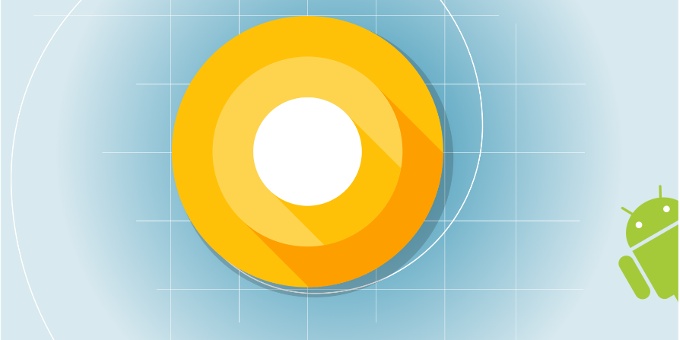Android O is the latest mobile operating system from Google. The OS is still in preview stages, but is expected to be released to the public on August 21st, according to the latest information by inveterate leaker Evan Blass.
Android O release scheduled for the week of 8/21, “most likely on the 21st itself.”
— Evan Blass (@evleaks) 12 August 2017
Blass reveals that Google will start rolling out Android O during the week of August 21. The update will initially drop for Google devices, including last year’s Pixel and Pixel XL, as well as the Nexus 5X, 6P, Player and Pixel C tablets.
After Google devices get the update, it will be made available to OEMs, who will then add their own tweaks, overlays and other UI modifications before releasing it to their own Android customers.
Android O brings several new features to newer Android devices, such as Picture in Picture, better Bluetooth audio, battery life enhancement, more flexible control over notifications and so on.
There’s nothing revolutionary about Android O if you look at it from a purely features perspective. The real changes are much deeper, in the way they allow apps to function. For example, adaptive icons allows the same icon to appear differently on different devices. Another example is their APIs, which include the following:
- Version API
- Google SafeBrowsing API
- Termination Handle API
- Renderer Importance API
Another great feature is multi-display support. What this does is allow apps to control which display a particular activity is launched on, when using multiple displays. When the user moves a particular activity from one display to another, the system automatically issues runtime changes and resizes the activity to match the new display.
One important feature of Android O is better keyboard navigation. To bridge the gap between touch devices and keyboard-and-mouse input devices, Android O groups together related UI elements to make it easier to navigate when you’re using traditional methods of input. These “clusters” can be any group of elements, such as navigation bars, side panels and so on.
So, while there may not be any major visible changes to Android O itself, the focus is heavily on giving a better platform for apps to run on. And we’re going to see more of this as Android evolves into a more mature OS like Windows, which also limits features but expands the boundaries on what apps can do on it.
Thanks for visiting. Please support 1redDrop on social media: Facebook | Twitter



